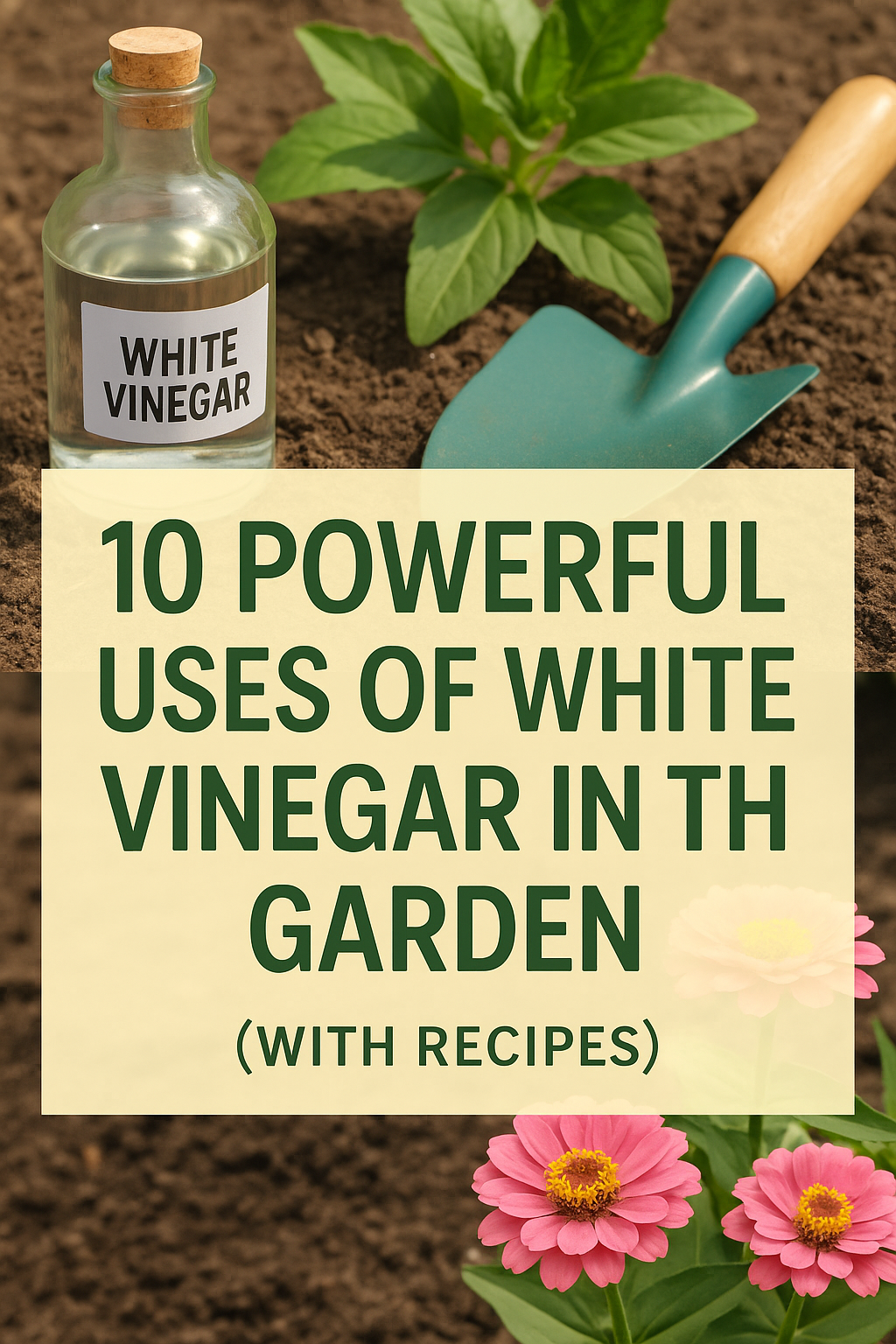
Want to grow healthier plants without chemicals? Companion planting is a time-tested method that places specific plants together to help each other grow. Some combinations deter pests, boost flavor, improve pollination, or even enhance soil health — all naturally. Here’s how to make the most of your garden with these top 7 companion planting combinations.
What Is Companion Planting?
Companion planting is the practice of growing different plants close together to benefit one or both. This can include deterring insects, preventing disease, improving pollination, attracting beneficial insects, and optimizing space. It’s a form of organic gardening that reduces the need for synthetic inputs.
Top 7 Companion Planting Combinations
1. Tomatoes + Basil
This classic combo isn’t just great in recipes — it’s excellent in the garden too. Basil repels tomato hornworms, whiteflies, and aphids. It’s believed to improve the flavor of tomatoes and attract pollinators to nearby blooms.
Bonus Tip: Plant marigolds nearby to deter nematodes and beetles.
2. Carrots + Onions
Onions repel carrot flies, while carrots help deter onion flies. Their root systems don’t compete, making them a space-efficient pairing. Both grow underground, but at different depths.
Best Practice: Sow alternately in rows to confuse pests with scent blending.
3. Corn + Beans + Squash (The Three Sisters)
This ancient Native American method uses three plants that support one another. Corn provides a tall stalk for beans to climb. Beans fix nitrogen in the soil. Squash spreads low to shade out weeds and retain soil moisture.
Spacing: Plant corn in hills, add beans once corn is 6 inches tall, and circle the base with squash.
4. Lettuce + Radishes + Carrots
These fast-growing vegetables make perfect neighbors. Radishes break up the soil, helping carrots grow straighter. Lettuce grows quickly and shades the soil, keeping roots cool.
Tip: Harvest radishes early and let carrots mature slowly beneath them.
5. Cabbage + Dill
Dill attracts predatory wasps and other beneficial insects that feed on cabbage worms and aphids. It also improves cabbage flavor when grown nearby. Just avoid letting dill flower too early, or it may bolt and affect nearby growth.
Companion warning: Avoid planting dill near carrots, as it can stunt their growth.
6. Cucumbers + Nasturtiums
Nasturtiums are natural pest magnets that lure aphids and squash bugs away from cucumbers. Their bright flowers also attract pollinators, boosting fruit production.
Note: Plant nasturtiums along the edge of cucumber beds or in hanging baskets nearby.
7. Beans + Marigolds
Beans enrich the soil by fixing nitrogen, which benefits surrounding plants. Marigolds repel nematodes, aphids, and beetles. Together, they create a low-maintenance, pest-resistant combination that helps improve overall soil fertility and plant health.
Best Fit: Great for raised beds or container gardens where space is limited.
General Companion Planting Tips
- Rotate crops each season to avoid pest build-up
- Pair fast and slow growers to maximize space
- Mix herbs with vegetables to deter pests
- Avoid planting members of the same family too close (e.g. tomatoes and potatoes)
FAQ: Companion Planting
Does companion planting really work?
Yes, many gardeners report healthier plants and fewer pests. While not a magic solution, it’s a helpful part of organic garden planning.
Can I use companion planting in containers?
Absolutely. Use smaller companion combinations, like basil with tomatoes or radishes with lettuce, in pots or raised beds.
Final Thoughts
Companion planting is a natural, sustainable way to create a more productive and resilient garden. By understanding which plants work well together, you can reduce pests, improve flavor, and grow healthier crops with less effort. Start with one or two combinations this season and observe the benefits in your garden!
Want to keep pests away without chemicals? Check out our guide on DIY Organic Pest Control Recipes for natural, garden-safe solutions.



